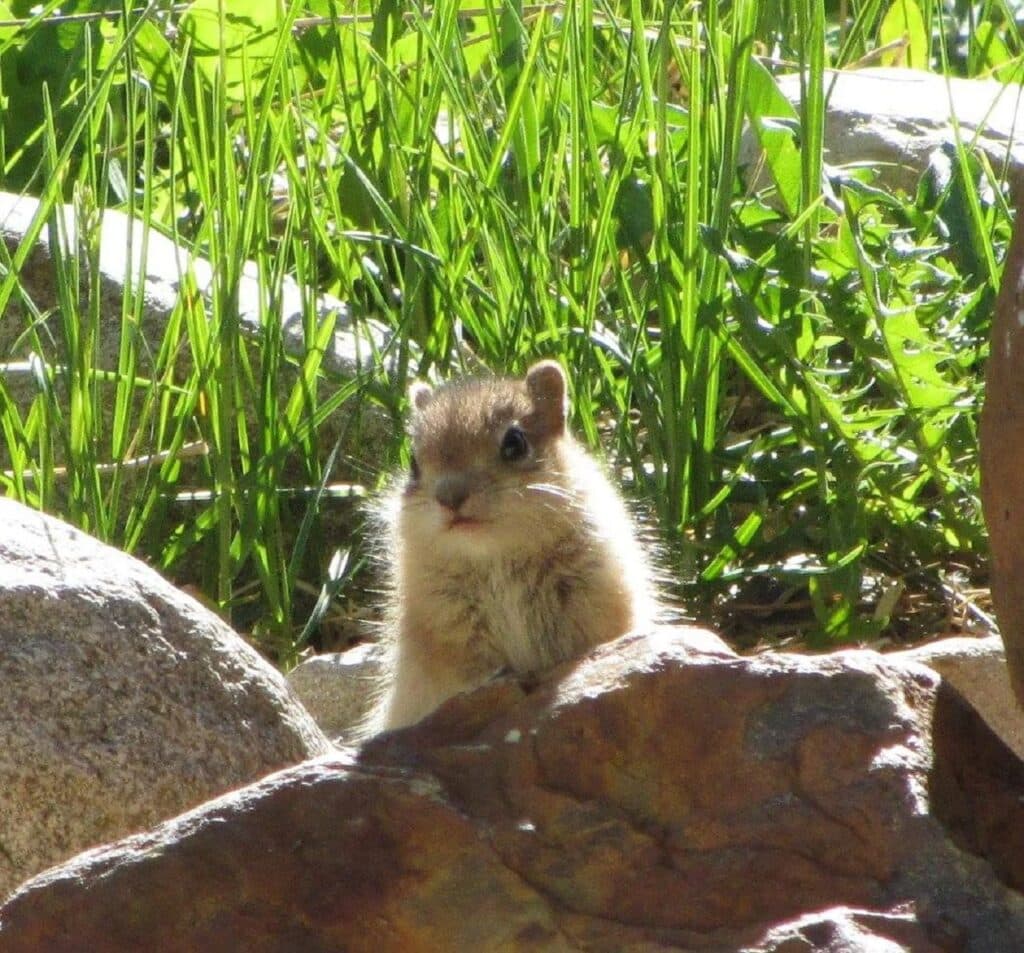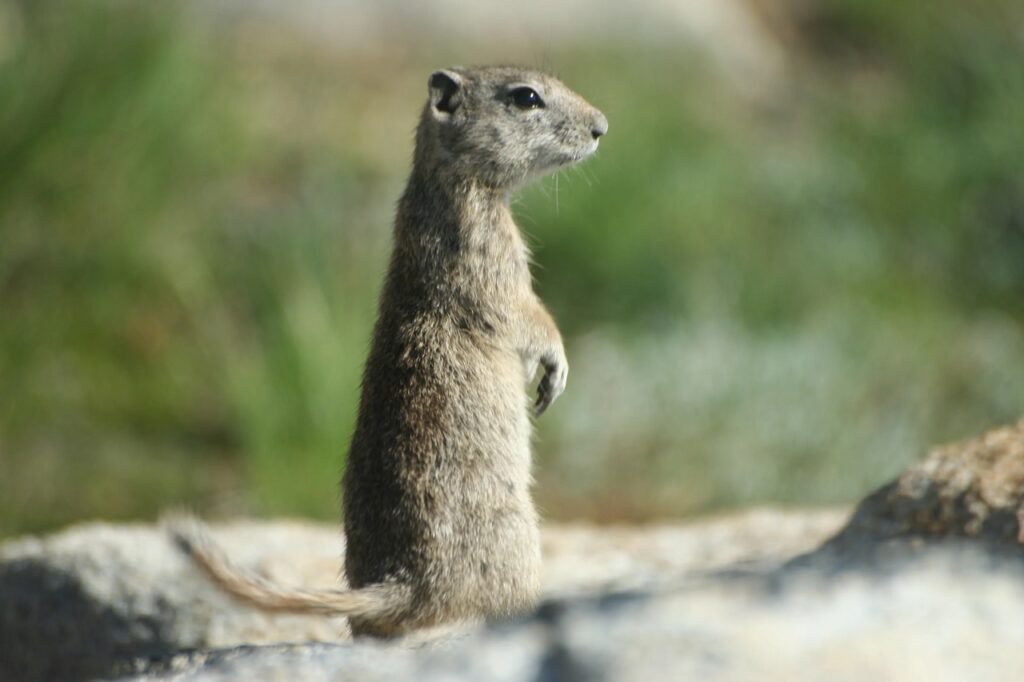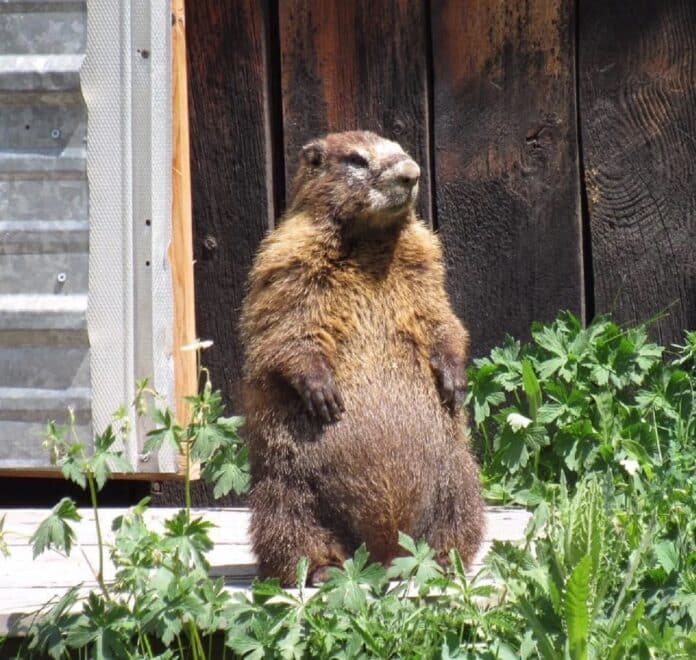One of ecology’s main goals is to understand organisms’ distribution. Environmental variables, such as climate and habitat, affect where a species may persist over vast spatial scales.
Species with different ecological niches will respond differently to a changing environment. Differences in the magnitude of niche specialization suggest which species are more vulnerable to environmental change, as several life-history features are known to affect climate change vulnerability.
According to a new study of squirrels in California’s high-elevation Sierra Nevada, the climate is simply one component to consider when predicting where an animal will live in a changing environment.
The study, which was done in alpine regions stretching nearly 200 miles from Alpine County near Lake Tahoe south to Tulare and Inyo counties, was led by the University of California Davis and published in the journal Ecology and Evolution.
The scientists examined approximately 6,000 observations of specific squirrels collected from field survey data over four years.
A new study examines the niche space of three squirrel species: yellow-bellied marmots, Belding’s ground squirrels, and golden-mantled ground squirrels.

The term “niche” refers to all the environmental variables required for an animal to live in a specific location. Understanding animal niches helps scientists identify which changes are predicted to have the most influence on a species and, as a result, which animals may be most vulnerable to climate change.
Lead author Aviva Rossi, who conducted the study while a UC Davis graduate student in the Department of Wildlife, Fish and Conservation Biology, said, “We’re trying from a conservation perspective to understand what will happen to these species as the world changes. A quantitative analysis of what makes a species able to live where it lives allows us to bring that information forward and better understand differences between species.”
The niche was determined by climate, topography, and land cover. Some of these non-climatic environmental factors, such as slope or the presence of rocks, rarely alter.
Although all three squirrel species live in the same area, they use it in slightly different ways due to differences in their niches.
Yellow-bellied marmots and the Belding’s ground squirrel depended heavily on grassland meadows. However, marmots preferred drier circumstances inside a field, but Belding’s ground squirrels favored wet vegetation.
According to a new study, Golden-mantled squirrels prefer forested environments and snow-free days. However, Belding’s ground squirrels prefer snow on the ground for extended periods.

Rossi said, “Even with these overall selection patterns, there can still be too much of a good thing in extreme years.”
According to the study, mammals in high-elevation mountains are frequently viewed as sensitive to climate change. However, the findings highlight the need to add factors other than climate when determining their niche.
Rossi observes that climate change is often viewed through a hopeful or despairing lens. However, the study demonstrated how its impacts are more complex.
The researcher said, “There’s hope in some areas and not others. If one species is there because of a meadow and another is there because of an outcropping of rocks, as the world changes, it may change where one species lives but not the other. We want to understand better what’s likely to happen so we can make better conservation decisions.”
The results show the importance of adding factors other than climate when identifying a niche.
The study was funded by the USGS National Climate Change and Wildlife Science Center, Yosemite, Sequoia, Kings Canyon National Parks, and the Gulch Environmental Foundation.
Journal Reference:
- Aviva J. Rossi, Dirk H. Van Vuren, etal. Niches of three sympatric montane ground-dwelling squirrels: Relative importance of climate, topography, and landcover. Ecology and Evolution. DOI: 10.1002/ece3.9949
